I had a meeting a few weeks ago with Some Geek Told Me’s Social Media Consultant and Creative Director. I’ll admit that the discussion was fairly one-sided, however, a decision was made that another Geographical Misconceptions blog needed to be created. The first list of geographical misconceptions can be found here, but it’s nearly two years old. That seems like a long time, though I feel that’s the same length of time it takes a Greenland Shark to blink.
To clarify what a geographical misconception means; at least to me, is a piece of information that people believe to be true, but actually is false.
Just like Superman has various weaknesses, my weaknesses are disinformation, misinformation, and misconceptions.1 Whenever I hear one of those three types of garbage, my left eye twitches, and my right foot starts tapping. This is me fighting the urge to say something, until I fail, as always, to shut my big fat mouth.
The first list had seven geographical misconceptions, but for the sequel, I’m only going for five. So without wasting any more time, I’ll quote the creator of New Zealand’s fifth least favourite website:
Here are some geographical misconceptions that, to my eternal shame, upset me.
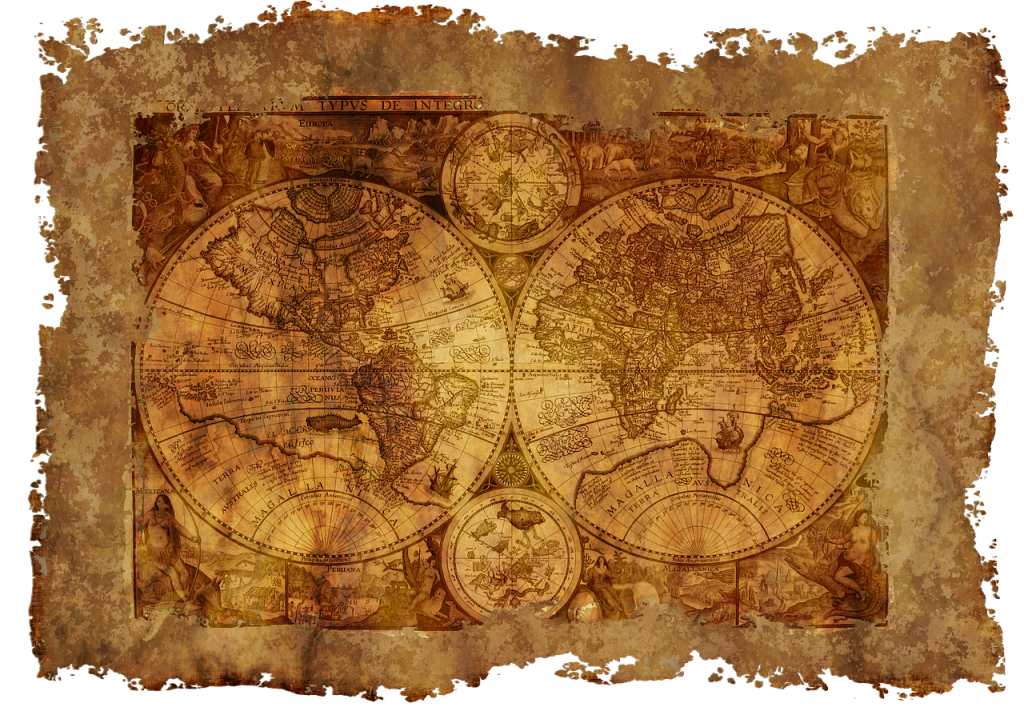
1.) Europe is a country
Very much like the misconception of Africa being a country, this falsehood is very convincing to some people. Their argument would be that Europe has its own currency (Euro €), and its own flag, so it must be a country. Oh, alias, the supermarket is open, but nobody is shopping.
The Euro (€) is a form of currency that’s used in 20 of the 27 countries in the European Union (EU). This means a €20 note you received in Germany, could be spent in Spain or Italy; it has the same value.
There are some countries, microstates, and territories in and outside of Europe that use the Euro as well. However some countries like the United Kingdom, Bulgaria, Croatia, Czech Republic, Denmark, Hungary, Poland, Romania, and Sweden are located in Europe, but they still use their own currency.
As for the flag, they would be referring to the EU flag, and it represents the union of the 27 countries of the EU. As the United Kingdom is a great example, not every country in Europe is in the EU.2
Europe is not a country, simply because it is a continent.
2.) Mount Kilimanjaro is in Kenya
I can understand why this misconception exists, I really do, but it’s still wrong. Everybody knows that Mount Kilimanjaro is the highest mountain in Africa and that it is located in Kenya, right? Not quite. Mount Kilimanjaro is the highest mountain in Africa, but it’s not in Kenya; it’s actually in Tanzania.
Kenya shares a border with Tanzania to the south, and Mount Kilimanjaro is extremely close to the border. However, 100% of the mountain is on the Tanzanian side of the border. A lot of famous photos advertising Mount Kilimanjaro have been taken in Kenya, but make no mistake, Mount Kilimanjaro is not in Kenya, it’s in Tanzania.
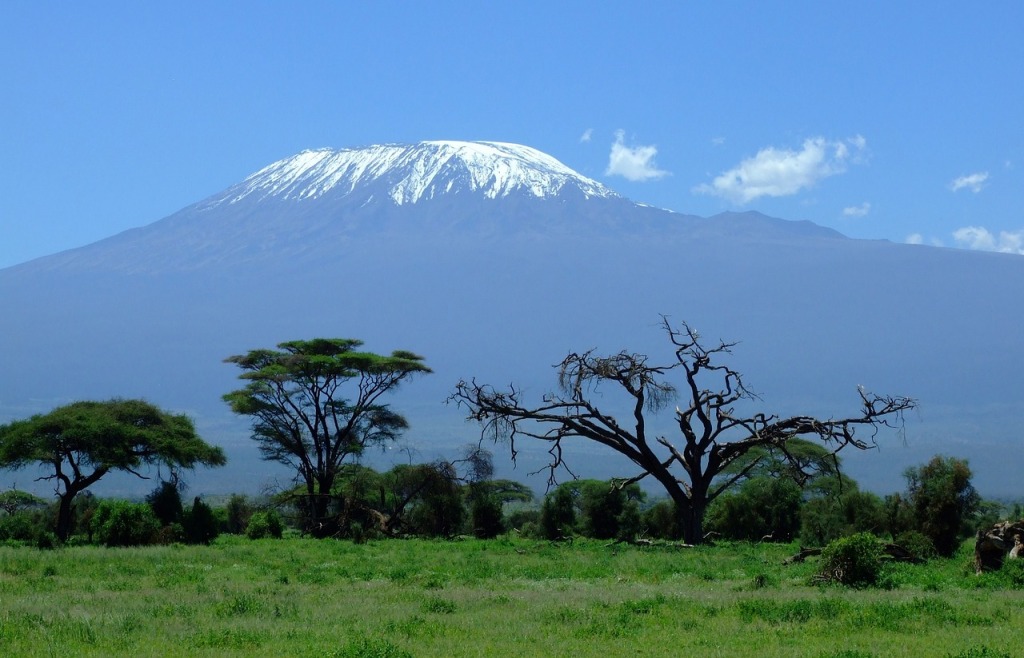
3.) The Giza necropolis is in the middle of a desert
Let’s clear something up first. The Giza necropolis refers to the Giza Plateau, which includes; along with other ancient structures, the Pyramids of Giza and the Great Sphinx of Giza.
We’ve all seen amazing photos of the Pyramids and the Sphinx, like these for example:
The photos give the impression that the Giza necropolis is in the middle of a desert, well away from human civilisation, but the truth is always stranger than fiction. The Giza necropolis is extremely close to the city of Giza, which is also known as Greater Cairo, so it’s actually a short bus ride from the city.
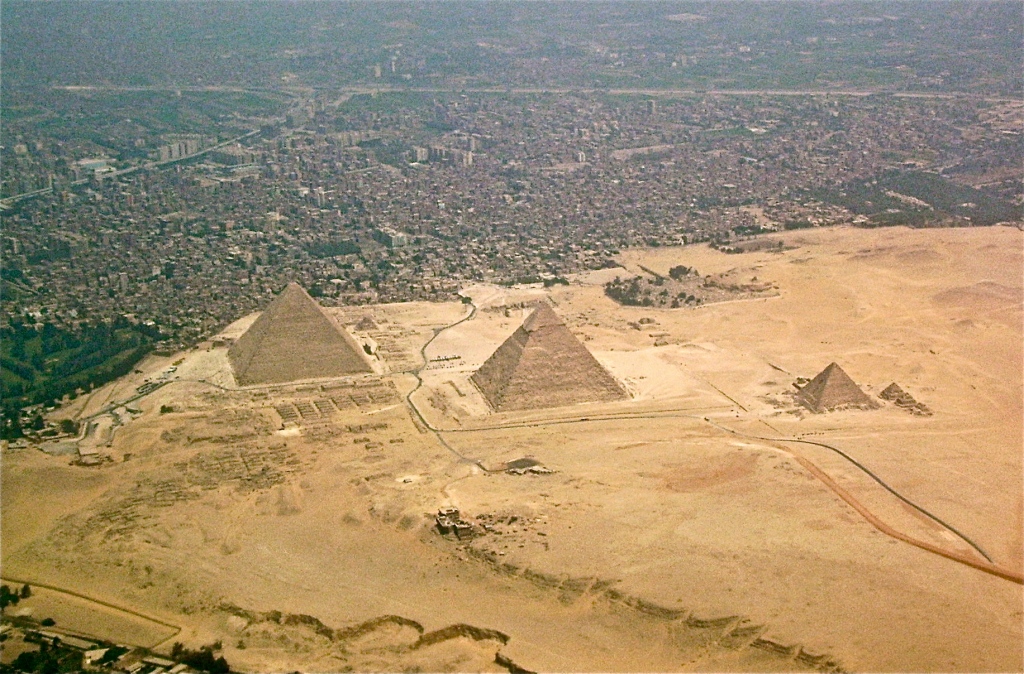
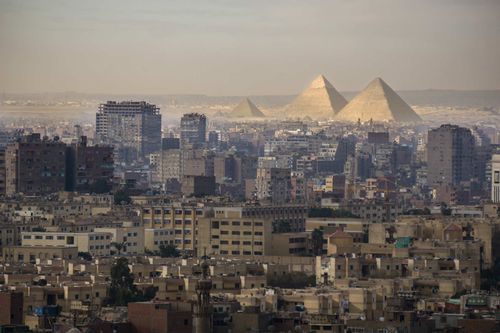
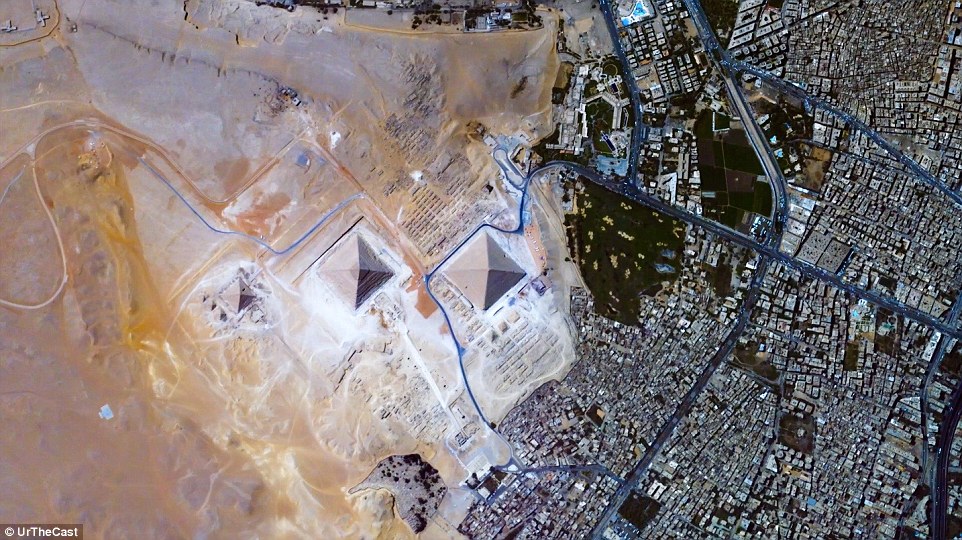
So there you go, these ancient structures are over 4,000 years old, but they’re actually close to roads, apartment blocks, hotels, and a Pizza Hut.
4.) Mount Everest is the tallest mountain on Earth
This misconception is a technicality, but like any good Vulcan, we should embrace it. Mount Everest is located in the Himalayas, along the China–Nepal border. From the base to the summit, Mount Everest measures 8,848.86 m (29,031.7 ft). It’s the roof of the world, there is no other point on Earth that is higher. So naturally this would mean that Mount Everest would be the tallest mountain on Earth, correct?
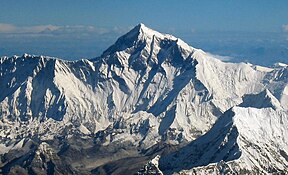
That’s not entirely correct. This is confusing, but on the island of Hawaii, which makes up one of the several islands of the US state of Hawaii, there is a volcano named Mauna Kea. Above sea level, Mauna Kea measures 4,205 m (13,796 ft).

But here’s the technicality; over 50% of Mauna Kea is actually underwater. From the underwater base to the summit, Mauna Kea is actually 10,211 m (33,500 ft), which is more than 1.3 km higher than Mount Everest. This makes Mauna Kea the tallest mountain in the world because it is taller than Mount Everest; measured from the base to the summit.
There is nothing wrong with saying Mount Everest is the tallest mountain in the world; provided you say: Mount Everest is the tallest mountain in the world, above sea level. By saying it’s above sea level, it makes the statement more accurate. However as I previously said, this misconception is a technicality, because Mauna Kea is actually taller.
5.) Great Britain and the United Kingdom are the same country
This one really rips my undies. It’s simple, but to explain this better, I’ll use some maps.
The countries we are discussing involve England, Wales, Scotland, Northern Ireland, and the Republic of Ireland.
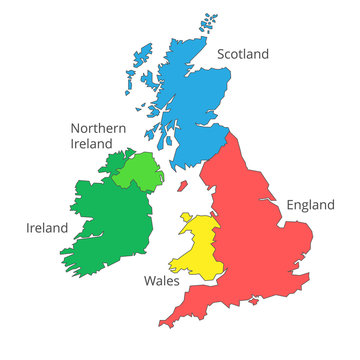
Great Britain (territorial and legal term) is a coalition made up of England, Wales, and Scotland.
The United Kingdom of Great Britain and Northern Ireland (territorial and legal term) is made up of surprise, surprise, England, Wales, Scotland, and Northern Ireland.
The British Isles (geographical term only) consists of England, Wales, Scotland, Northern Ireland, and the Republic of Ireland.
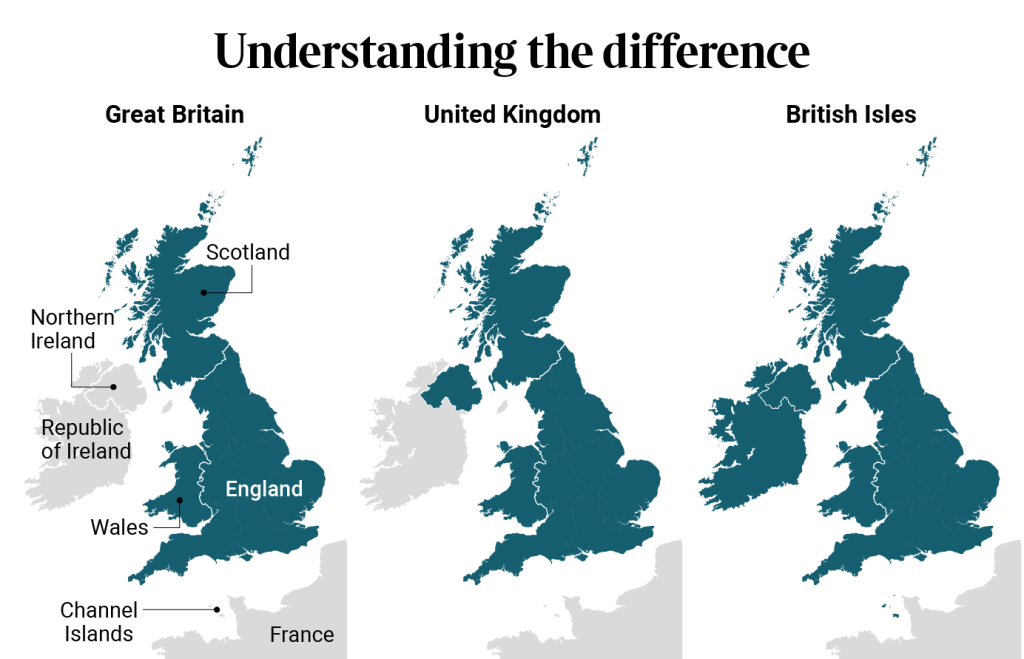
Great Britain and the United Kingdom are not the same country.
There are so many more geographical misconceptions, that I’ll have to badly write another list. I’ll even attempt to tackle some historical misconceptions one day. Alright, that’s it for another week. Thanks once again for reading, following, and subscribing to Some Geek Told Me. I’m also on Twitter and Mastodon, so drop by and make fun of me for not getting paid for this.
Please don’t forget to walk your dog, read a banned book, donate to the Gaza Humanitarian crisis, watch the Cricket World Cup semi-finals and final, and I’ll see you next week.
1 I know I didn’t list Sour Cream and Chives. I can and will never forget my original nemesis.
2 Give us a B, give us a R, give us an E, give us a X, give us an I, and give us a T. What does it spell? DISASTER!
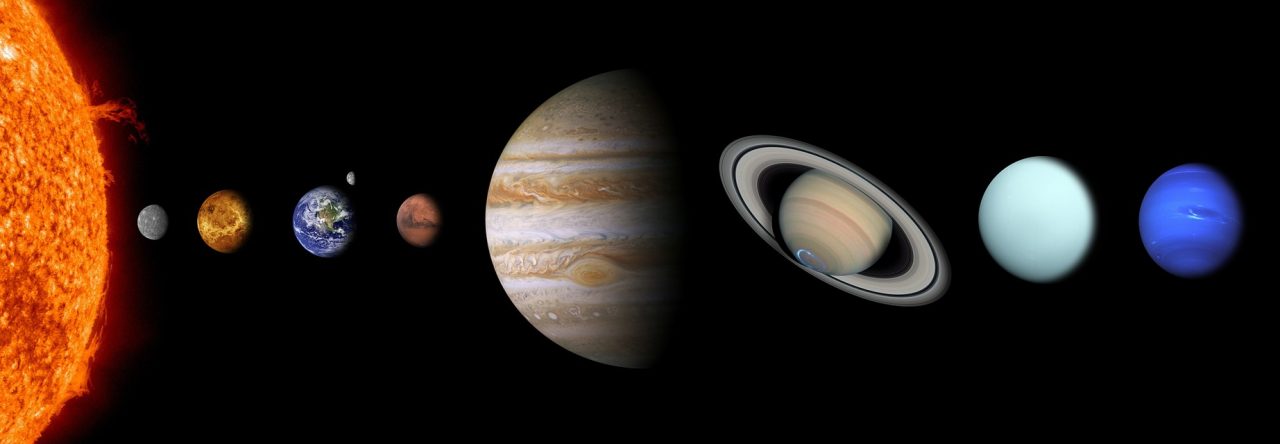
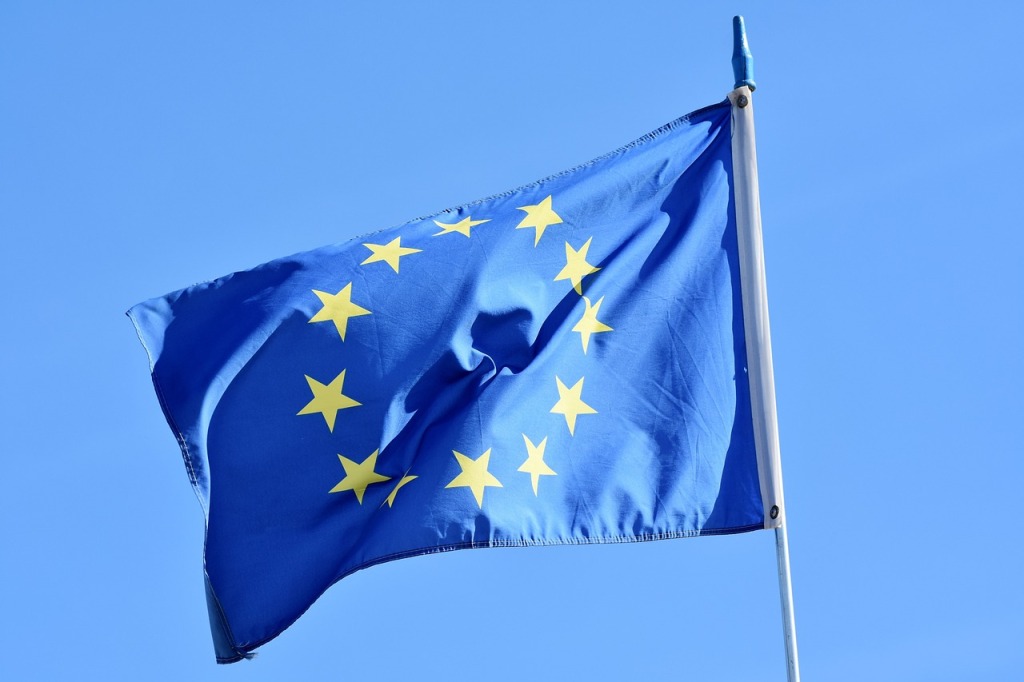
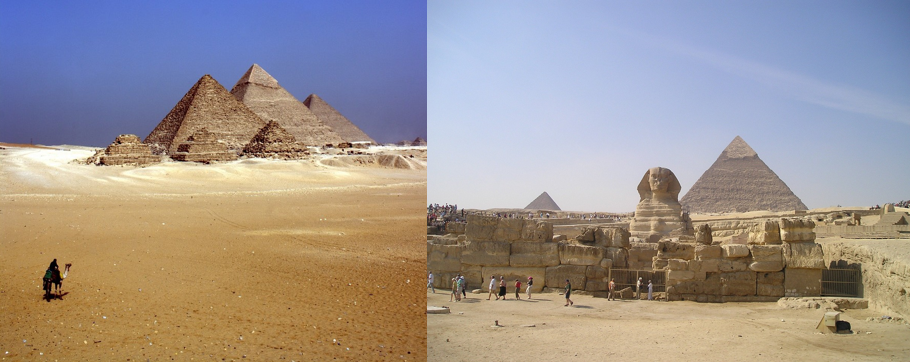
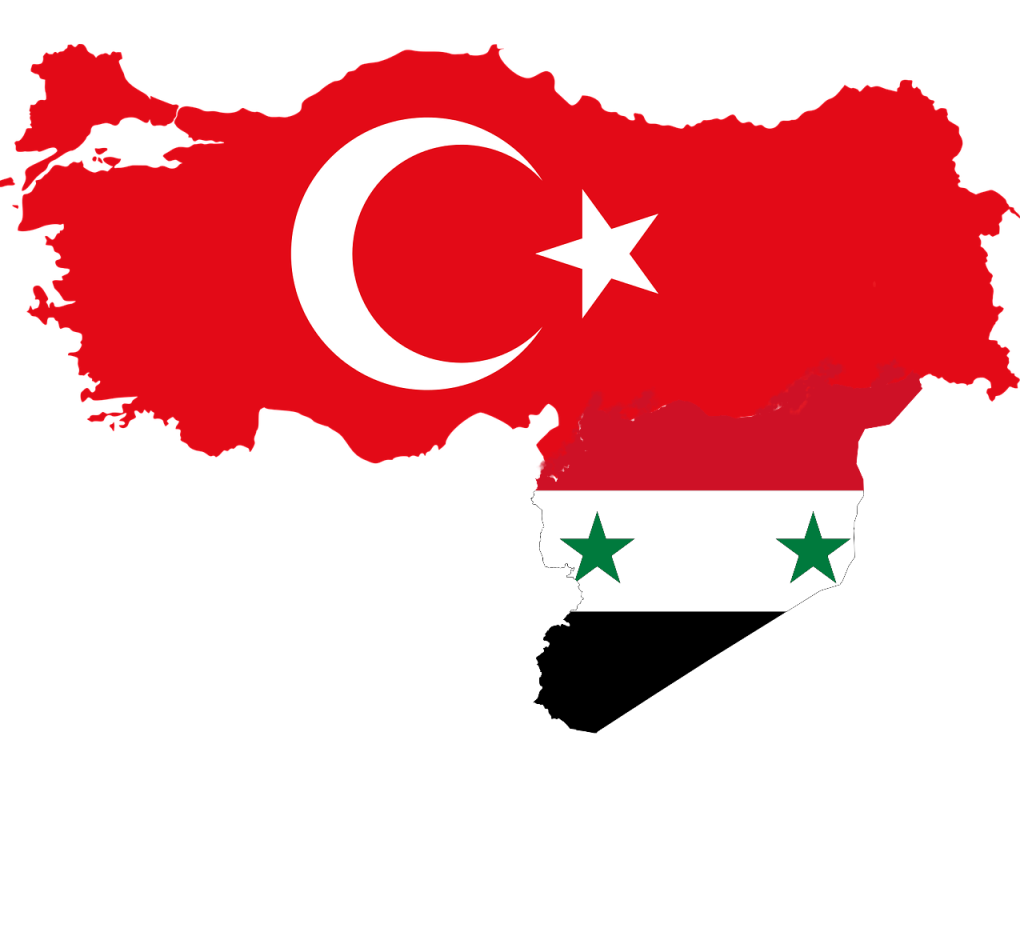

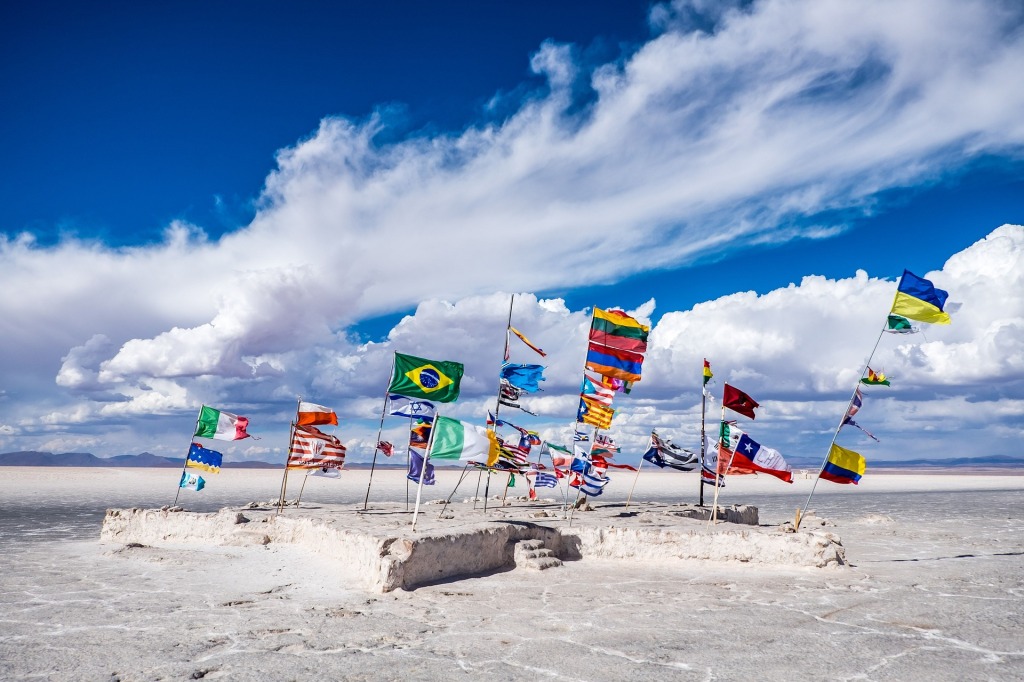
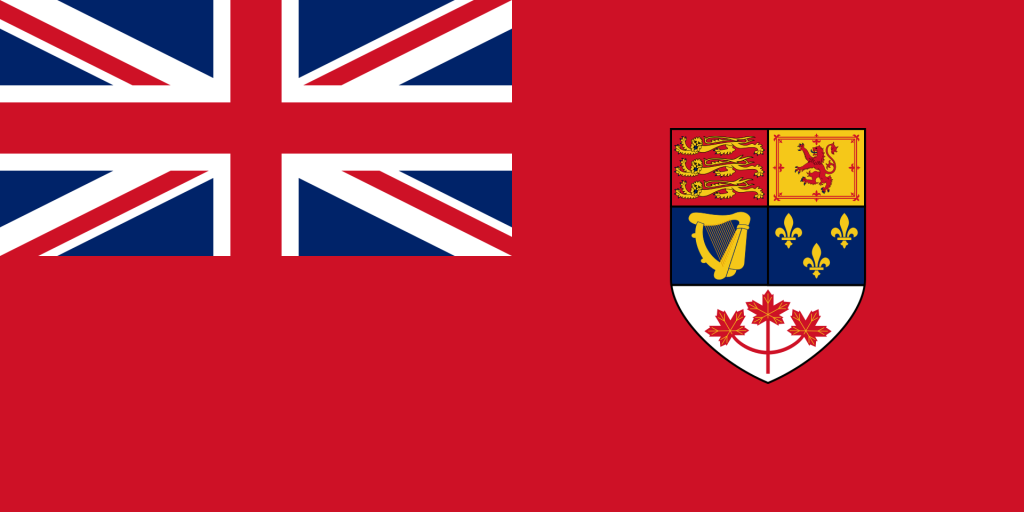
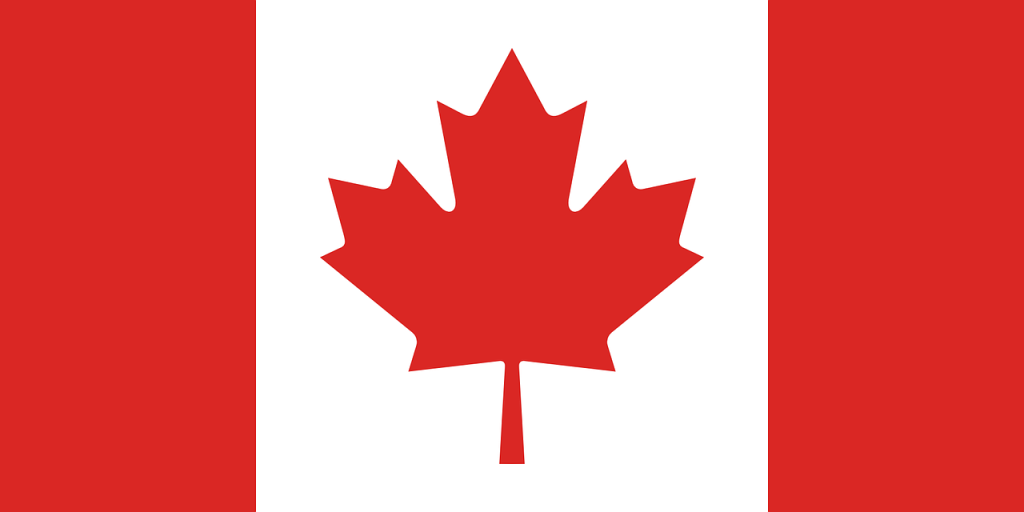
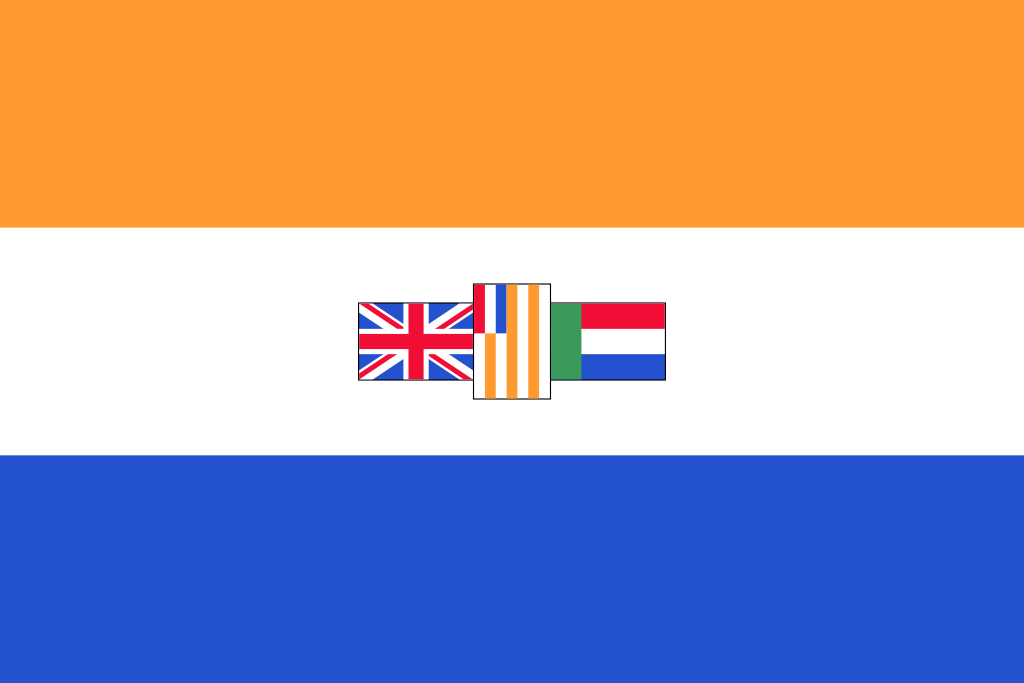
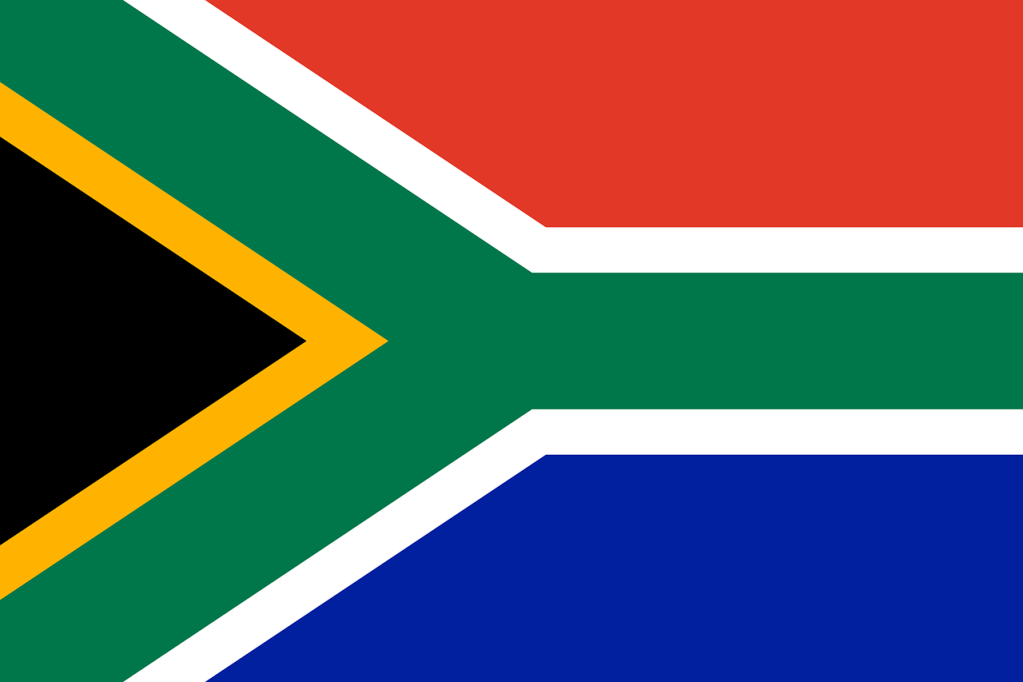


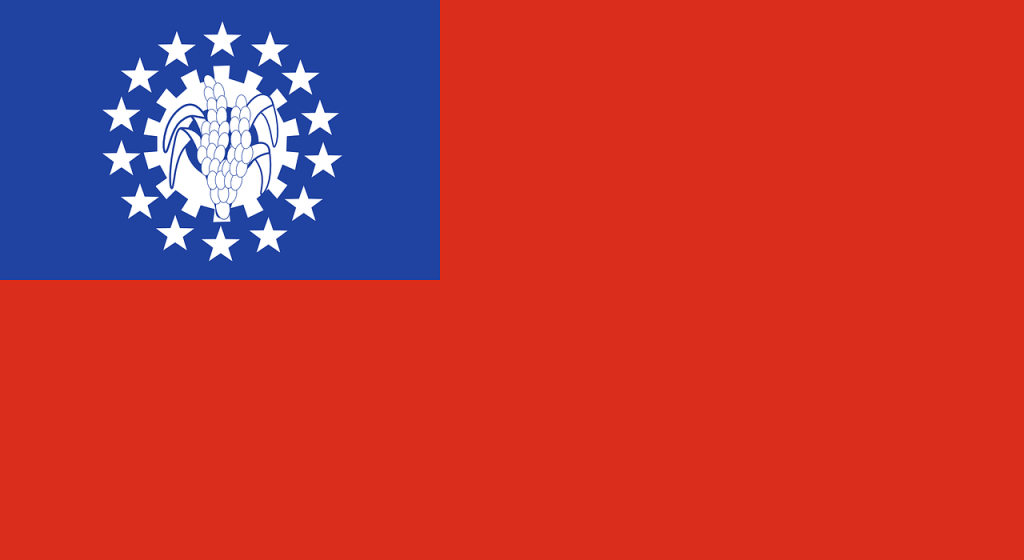





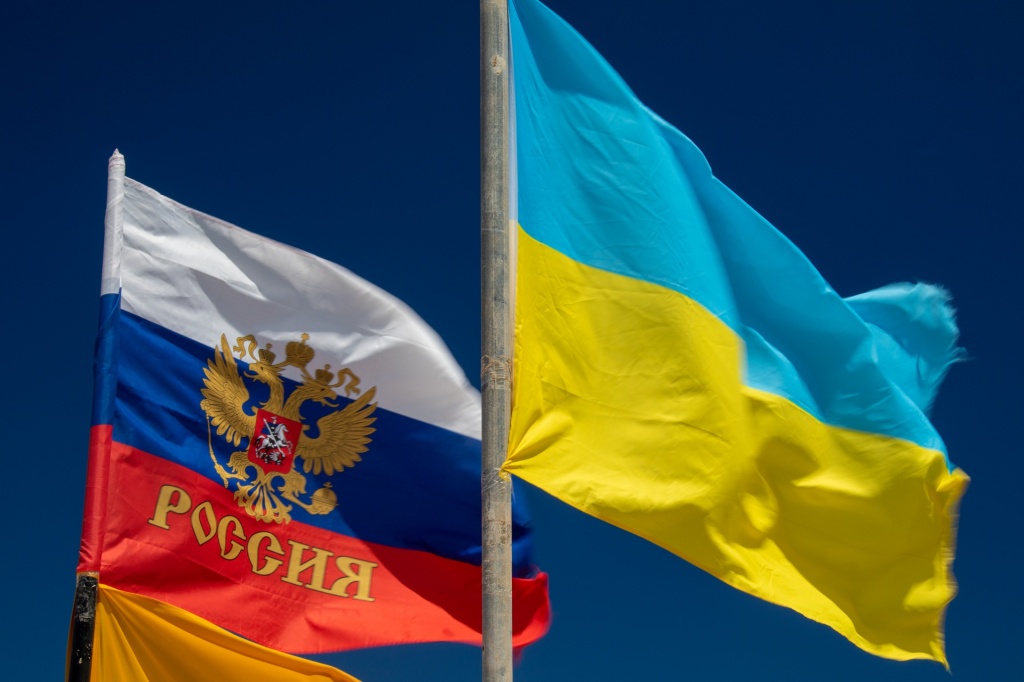


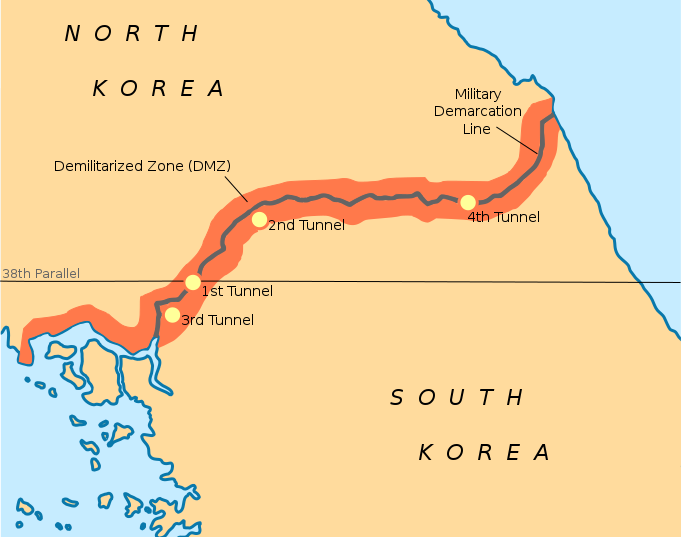

You must be logged in to post a comment.